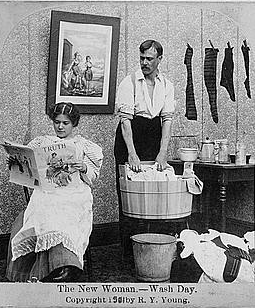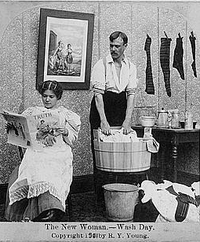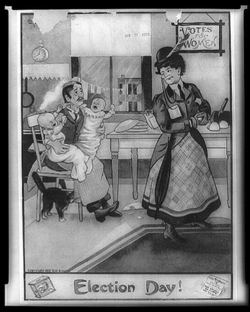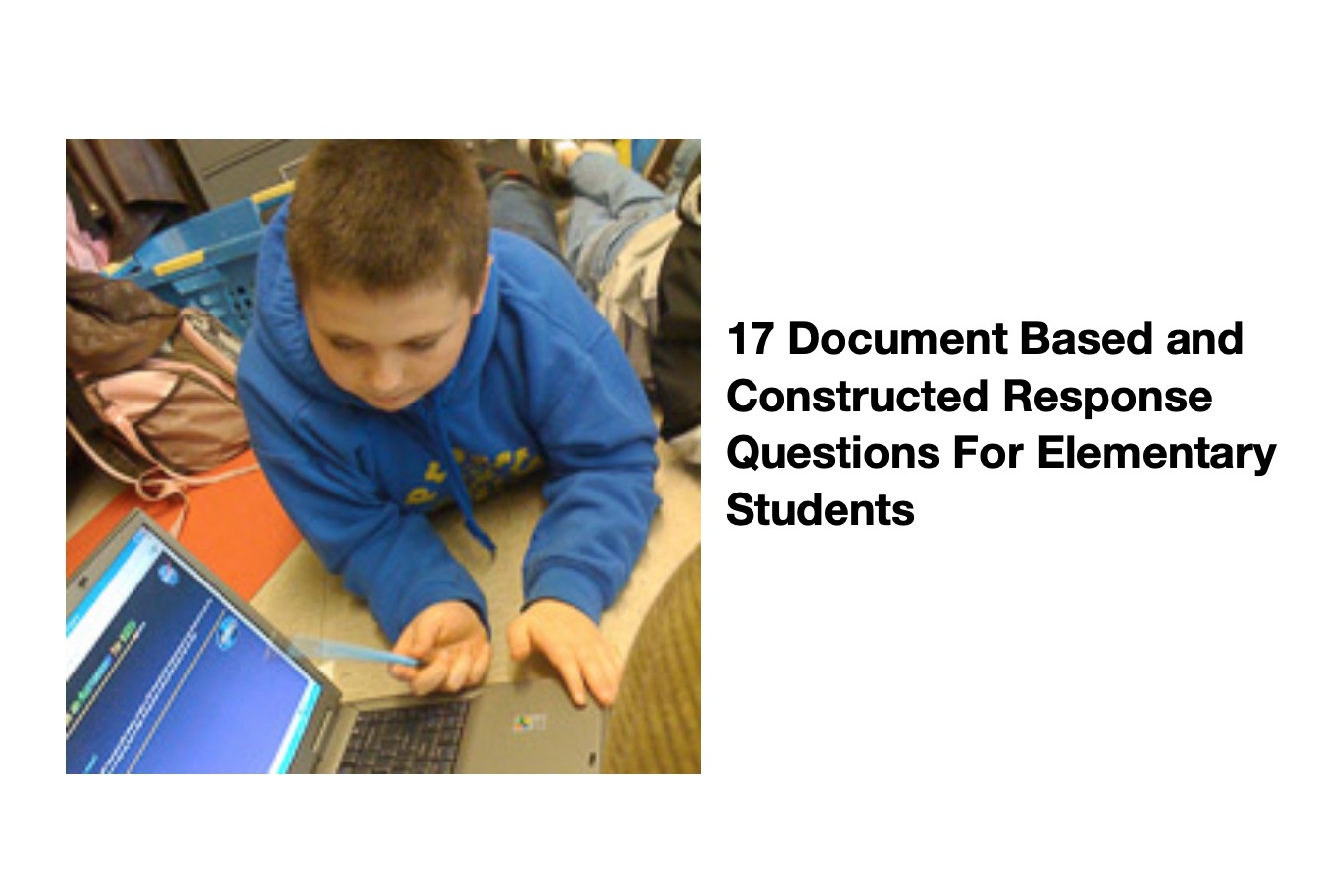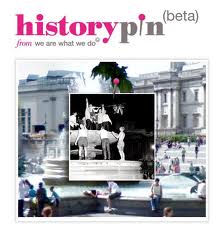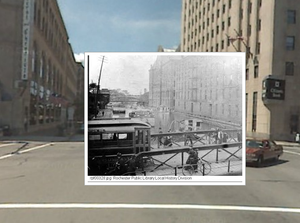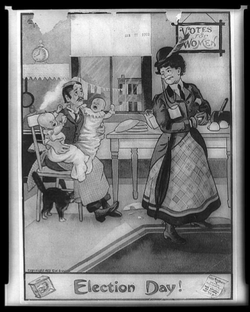
Questions feature a selection of primary and secondary documents, graphics, cartoons, tables, and graphs. Each is keyed to a historic theme and focused on an essential question of enduring relevance. They provide students with the exciting opportunity to move beyond the passive absorption of facts and enter knowledgeably into a managed archive where they can bring sound historic perspectives and analysis to bear on the challenges of the past and opportunities for the future.
More DBQ blog posts.
My site Teaching with Documents.
The Industrial Revolution began in Western Europe and eventually spread across much of the world. It transformed humanity’s age-old struggle with material scarcity by using capital, technology, resources, and management to expand the production of goods and services dramatically. In the United States, the period between the Civil War and the end of the nineteenth century was one of tremendous industrial and commer cial expansion. Americans have long had faith in the idea of progress, and many people viewed this dramatic economic growth as evidence of the superiority of the American system.
But while increased production did improve the American standard of living, industrialization concentrated great wealth and power in the hands of a few captains of industry. For the thousands of Americans who actually worked in the new factories, however, this economic revolution often meant long hours, low wages, and dangerous working conditions. As economic growth increasingly touched every aspect of American society, it created both new opportunities and new social problems.

Rural Americans Move to the Cities: explore the world of the rural men and women who moved to the cities in search of a better life. (pdf format)
Progress and Poverty in Industrial America: explore the impact of an economic revolution on rich and poor Americans. (pdf format)
Re-Defining the Role of Women in Industrial America: explore the ways social and economic progress impacted the role of women. (pdf format)
Images:
Election Day by CW Guslin, 1909
Sears Catalogue 1908
Like this:
Like Loading...
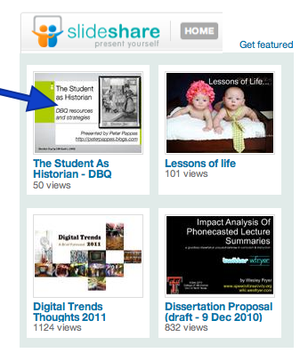 Received a nice email from the folks at SlideShare this morning.
Received a nice email from the folks at SlideShare this morning. 
